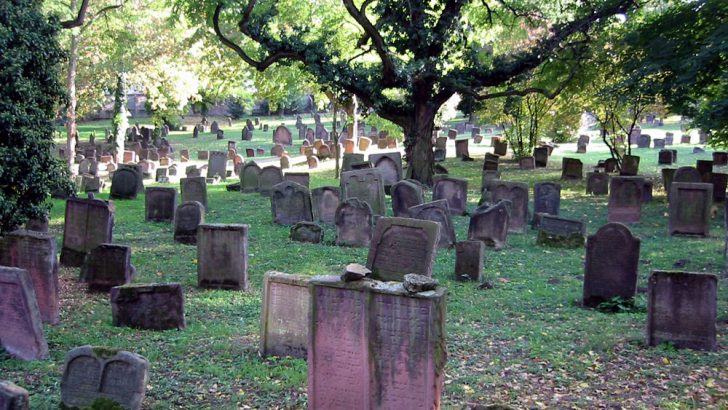Death and the Irish: A Miscellany
edited by Salvador Ryan ( Wordwell, €25.00)
One of the minor masterpieces of modern Irish literature is Seamus O’Kelly’s long story The Weaver’s Grave, which recounts the animadversions of two old men asked to find the family burial place in the local Cloon na Morav in Connacht.
The request comes from the young widow of the dead man, but they are more interested in their own memories of the past dead of the district. Joyce claimed this was his wife Nora’s favourite book; but I suspect that it was really one of his special texts, and one which has echoes all through all his works.
This theme of the memory of the dead is close to the Irish heart. Cré na Cille by Martin Ó Cádhain brings to the page the voices of the dead in another Connacht “meadow of the dead”.
Salvador Ryan is professor of Ecclesiastical History at St Patrick’s Maynooth, and has devoted previous books to aspects of religious history in Ireland and elsewhere. This new book contains contributions of varying length from some 75 varied writers and scholars.
I cannot find that the fictions mentioned are alluded to in these pages, but an extraordinary amount of customs, beliefs and practises across the centuries are. And not only Catholic: here too is an essay on the Muslim prayer for the dead by Shaykh Umare Al-Qadri, the head imam of the Al-Mustafa Islamic centre for Ireland.
But also included are pieces on Anglican, Presbyterian, and Jewish topics.
All the essays are well referenced, and they make for an astounding anthology of ideas that many readers, perhaps even those just curious about the death style of their grandparents, will be interested in.
This book is far from solemn, for it deals too with the grotesque incidents that are so often attached to death in any place. The final piece, by Kevin Myers about the use of social media for “cyber solace”, brings a very ancient subject right up to date.
It might have been an idea to have included some of the material from Paul Gannon’s book about Renvyle traditions, The Way It Was, about the identification, preservation and memorialisation of the last resting places of the still-born and unbaptised babies of the past.
But that is only a small point, for this is a distinctive contribution to our knowledge of the past, and the present, in Ireland and deserves to have a wide readership. It will go on my shelves alongside Seán Ó Súilleabháin’s classic Irish Wake Amusements.


 cementery
cementery 